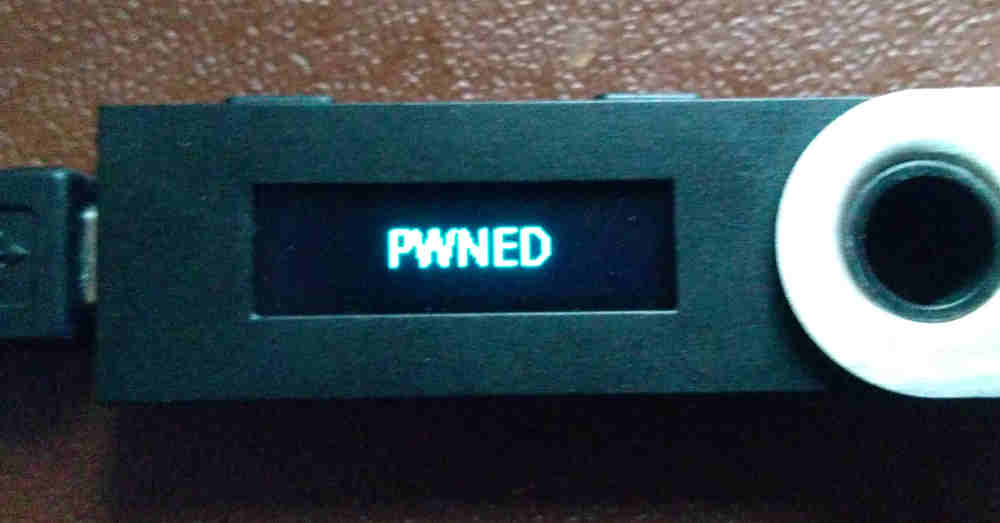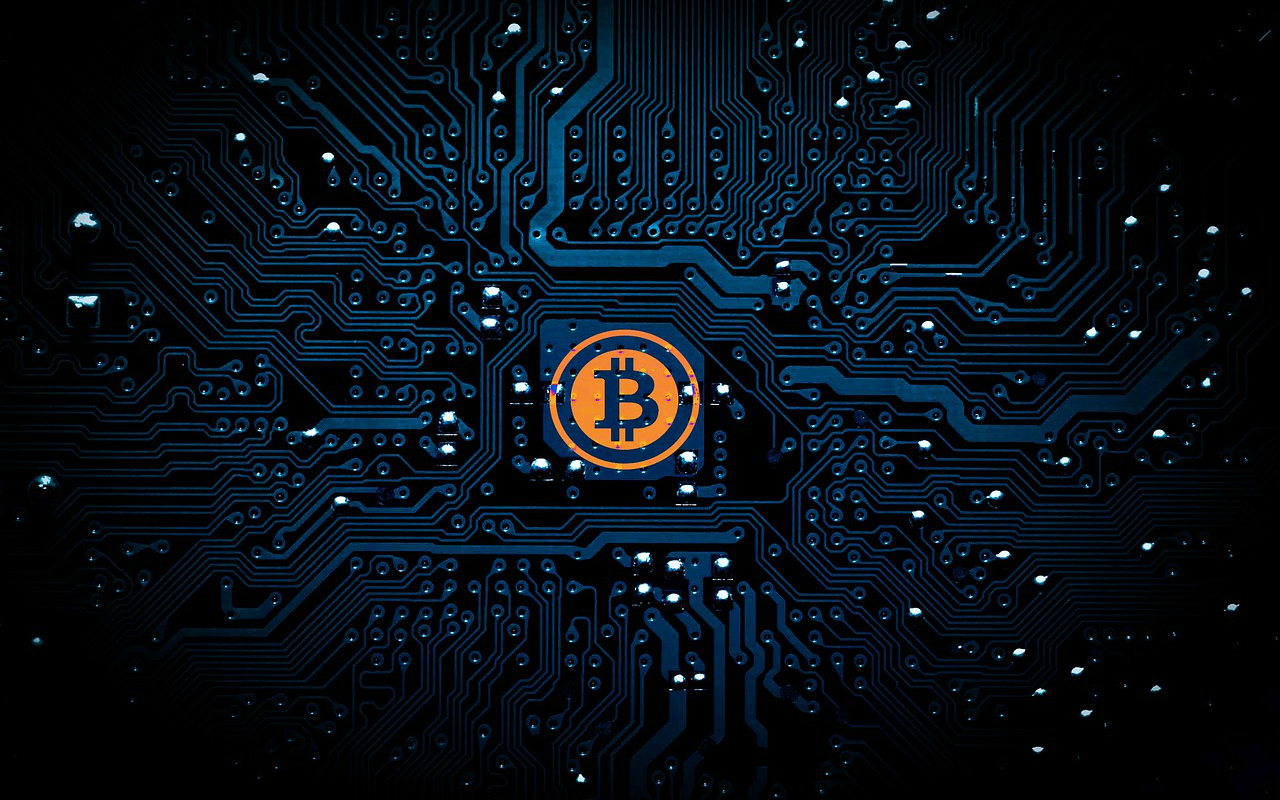“You keep using that word. I do not think it means what you think it means.”
Bitcoin, Ethereum, and other cryptocurrencies have entered the mainstream discourse, but they’ve also been joined by a concept that is widely circulated, but poorly understood: “the blockchain” or just “blockchain.” The idea of a blockchain, the cryptographically enhanced digital ledger that underpins Bitcoin and most cryptocurrencies, is now being used to describe everything from a system for inter-bank transactions to a new supply chain database for Walmart. The term has become so widespread that it’s quickly losing meaning.
“What is a ‘blockchain’? The word is a buzzword that is increasingly ill-defined,” David Gerard, author of Attack of the 50 Foot Blockchain: Bitcoin, Blockchain, Ethereum & Smart Contracts, said in an email.
There are countless blockchain explainers in text, audio, and video around the web. Almost all of them are wrong because they start from a false premise. There is no universal definition of a blockchain, and there is widespread disagreement over which qualities are essential in order to call something a blockchain.
The Bitcoin system is considered the first blockchain — the epiphany that launched the blockchain industry that proponents say will revolutionize money, government, and beyond.
Bitcoin was designed to be public and allow anyone to join, and its blockchain was born out of the need to keep people honest in the absence of a central authority. The design sacrificed efficiency in order to ensure that theft wouldn’t pay because rewriting the ledger would require so much computational power that it would be more costly than any potential upside. In order to achieve this effect, the Bitcoin blockchain consists of a digital ledger that records all transactions from the beginning of time to the present. Copies of the ledger are not stored in a central place; instead, they are kept by superusers called “nodes.” Some of these nodes, called “miners,” batch transactions and add them to the ledger in “blocks,” cryptographically linking each block to all the previous blocks. Miraculously, this system, combined with stewardship from the core Bitcoin development team, has functioned for almost 10 years.
Bitcoin, which debuted in the wild in 2009, “is the first implementation of blockchain technology,” according to IBM. And yet, many of the technology designs that are labeled “blockchain” today bear little to no resemblance to Bitcoin’s blockchain.
Differing definitions
Google’s definition of “blockchain” is “a digital ledger in which transactions made in bitcoin or another cryptocurrency are recorded chronologically and publicly.” While most people would agree that a blockchain is a digital ledger, many blockchains do not have an associated cryptocurrency and are not recorded publicly. Some would even argue that a blockchain needn’t be digital.
Investopedia says, “A blockchain is a digitized, decentralized, public ledger of all cryptocurrency transactions.” Again, many blockchains are not public, and many others are not decentralized.
IBM’s definition says, “Blockchain technology is used in a peer-to-peer network of parties, who all participate in a given transaction.” Except that at least for one well-publicized blockchain, the one built by World Food Programme, there is only one participating party: itself. IBM goes on: “Because the ledger is distributed, everyone involved can see the ‘world state’ at any point in time and can monitor the progress of the transaction.” Mastercard’s blockchain, however, is not viewable by anybody (and seems to have no function outside of marketing since Mastercard admits that payments are still running through its existing system).
Source/More: ‘Blockchain’ is meaningless – The Verge
















